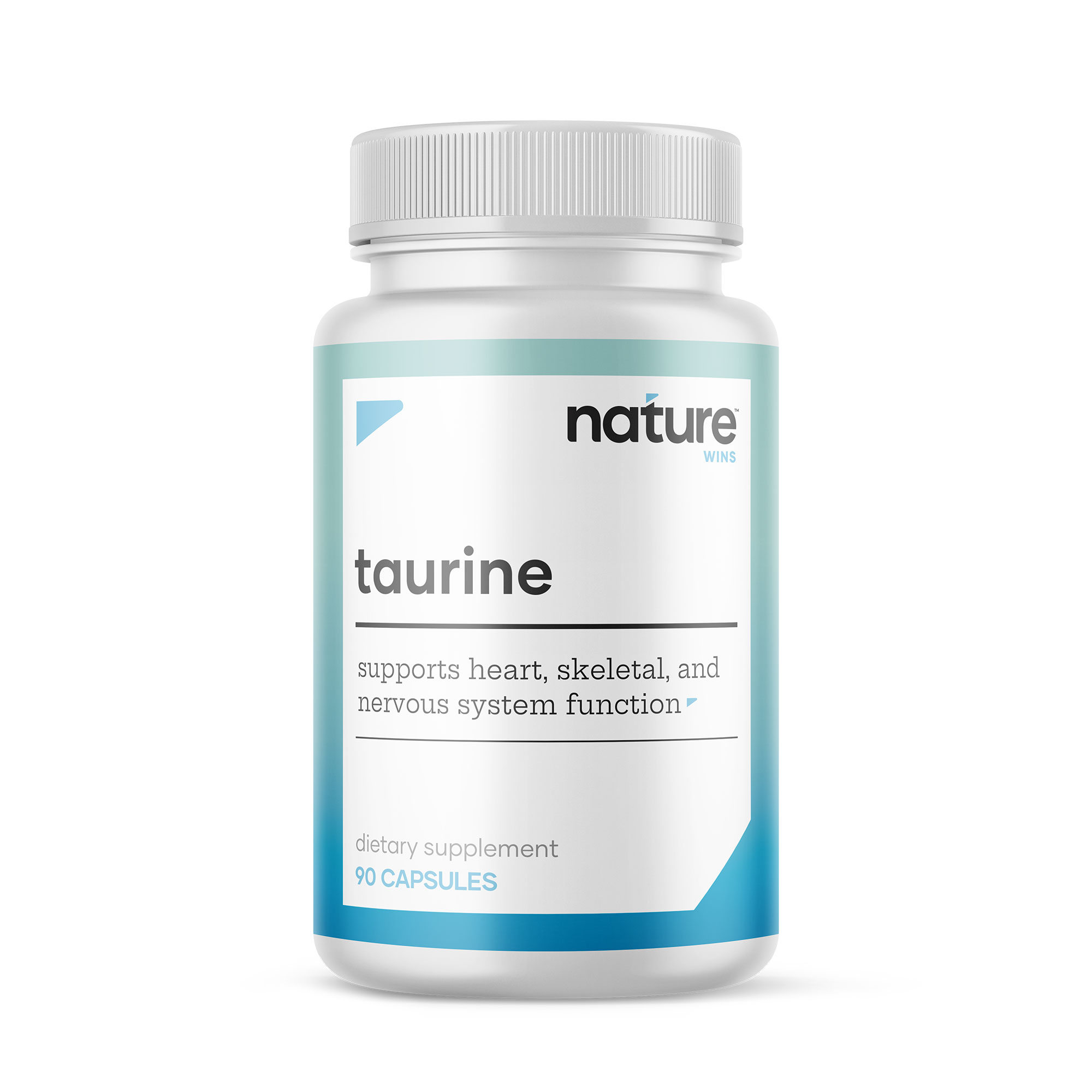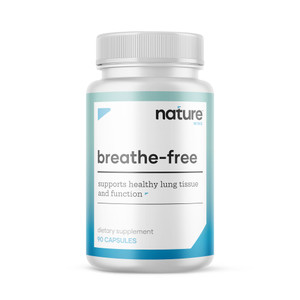THE IMPACT
SCIENCE-DRIVEN FORMULATION.
"When it comes to lasting good health, you cannot ignore the basics. The human body has daily requirements of air, water, food/nutrition. When it comes to food and nutrition, the human body needs adequate amounts of vitamins, minerals and amino acids to function optimally. One essential amino acid all human beings need is Taurine. I believe that everyone should read the book titled Toxic Legacy by Dr. Stephanie Seneff.
This book and her unparalleled research on the toxic effects on the human body of the weed killer called Glyphosate should be understood by all people and particularly parents who are determined to keep their children and their families as healthy as possible. Humanity’s health includes the detrimental effects of glyphosate on our essential needs of Taurine in our bodies.
We can’t make cells without Taurine. Give your body the essential amino acid it is designed to use to manufacture and produce healthy cells every single day, by supplementing Taurine daily. This reason alone should motivate humans around the Earth to consider making Taurine a part of their daily supplement regimen."
Dr Bryan Ardis













